Despite happily operating a fleet of Boeing 747 freighters, Cathay Pacific decided to start replacing these jets with the Airbus A350F.
We have seen that the air cargo industry has recently been experiencing some worrying trouble. Air cargo rates remain higher than in 2019. However, there is overcapacity in the industry, following a pandemic-era explosion in demand. This situation has wrong-footed some cargo operators, as they adjust back to the post-pandemic era.
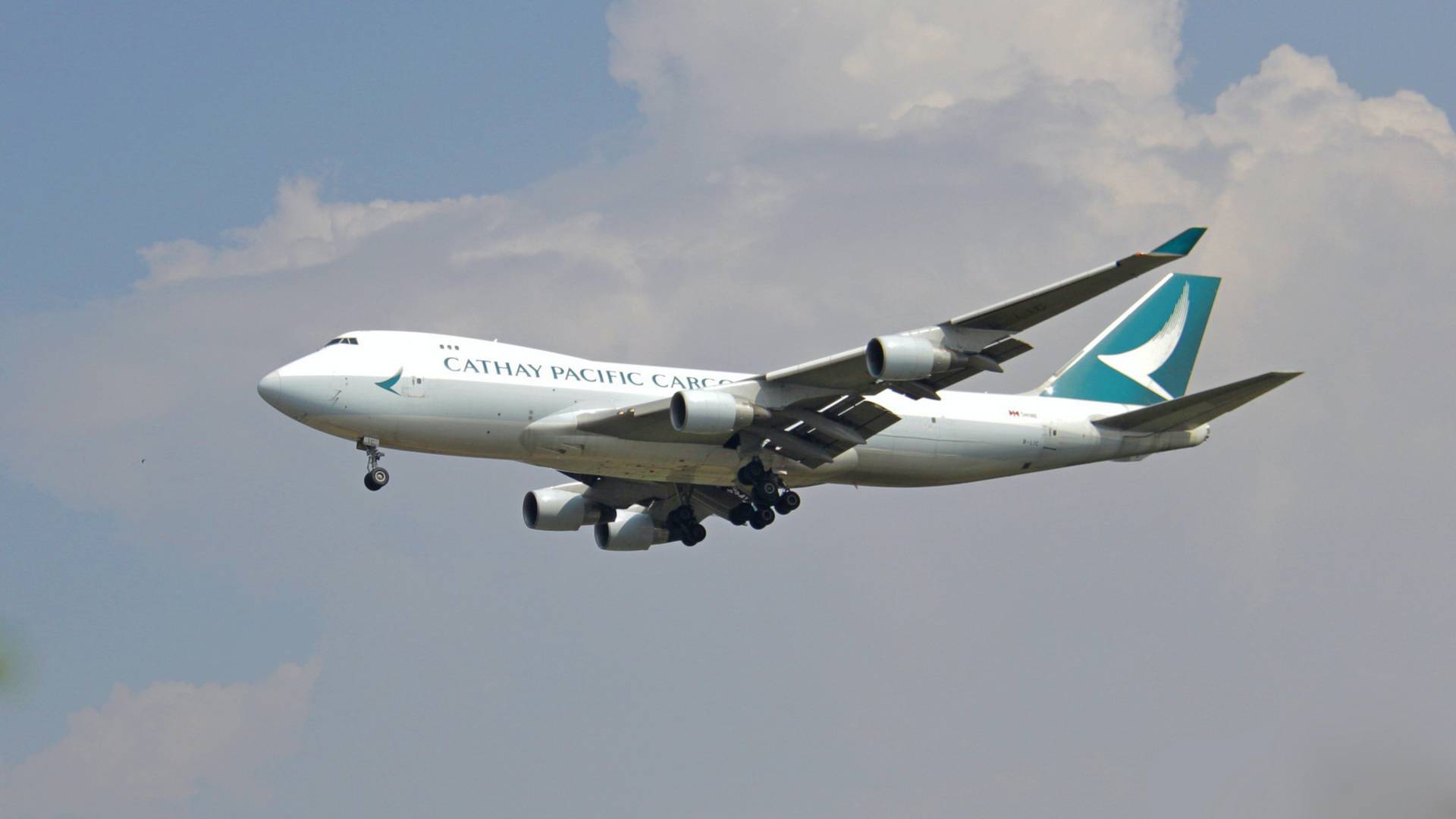
However, time waits for nobody – and nothing. Airbus developed the A350F for operators with big, older widebody freighters, and Cathay Pacific has some of those. The airline has 20 Boeing 747s, all of them freighters.
A Shift In Priorities?
Fourteen of Cathay’s 747s are the newer 747-8F model, but six are older 747-400s. As freighters go, even these jets aren’t far gone – they’re around 15 years old. Even so, Cathay decided to replace them with the A350F, which is about 40% more efficient – according to Airbus.
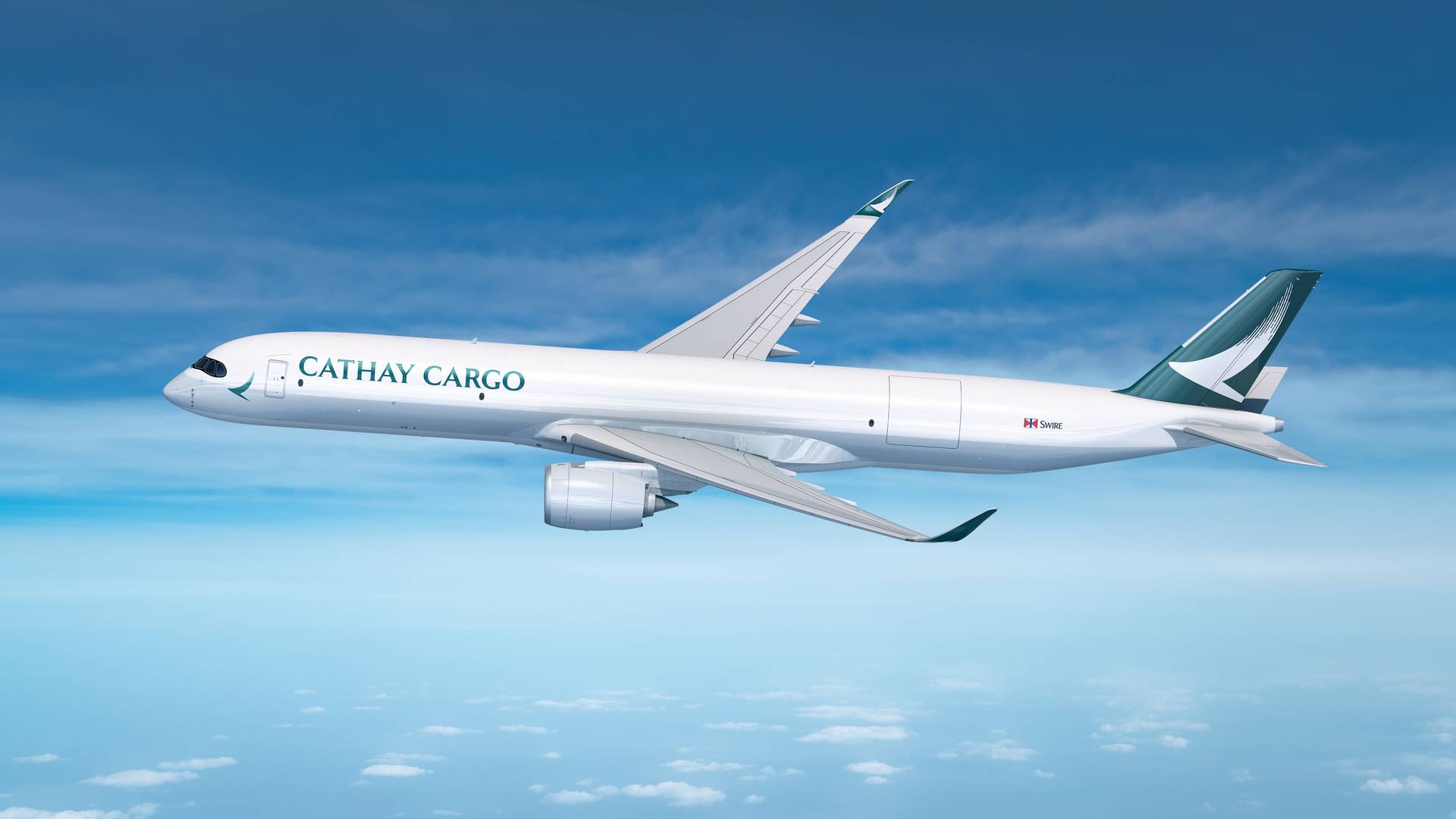
Cathay Pacific reportedly secured options for another 20 A350F freighters, which suggests that it could eventually replace all 747s with the type. This seems unlikely, since its 747-8s are just under 11 years old, on average.
The 747s also have the option of working with oversize loads, thanks to their front cargo door. But the importance of this feature depends on the operator. However, it is a feature missing from any freighter still in production today, which is worth keeping in mind.
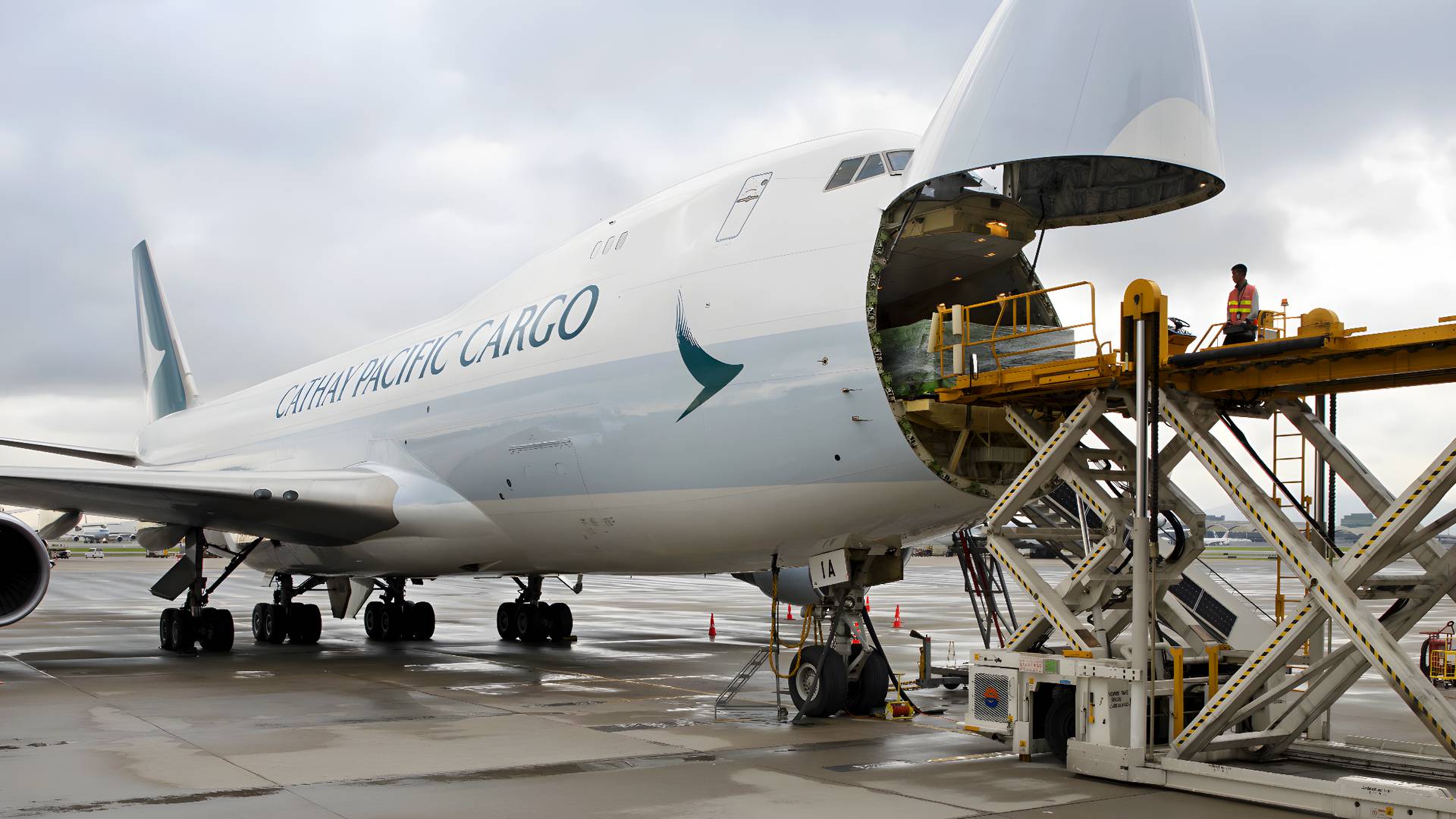
A350F – Cathay Pacific Knows What To Expect
Before picking the A350F, Cathay was reportedly in talks with Boeing about an order for its freighter, the 777-8F. The airline has orders for a passenger version of the type, the Boeing 777-9. However, Cathay Pacific also has 47 passenger A350s, with more on the way.
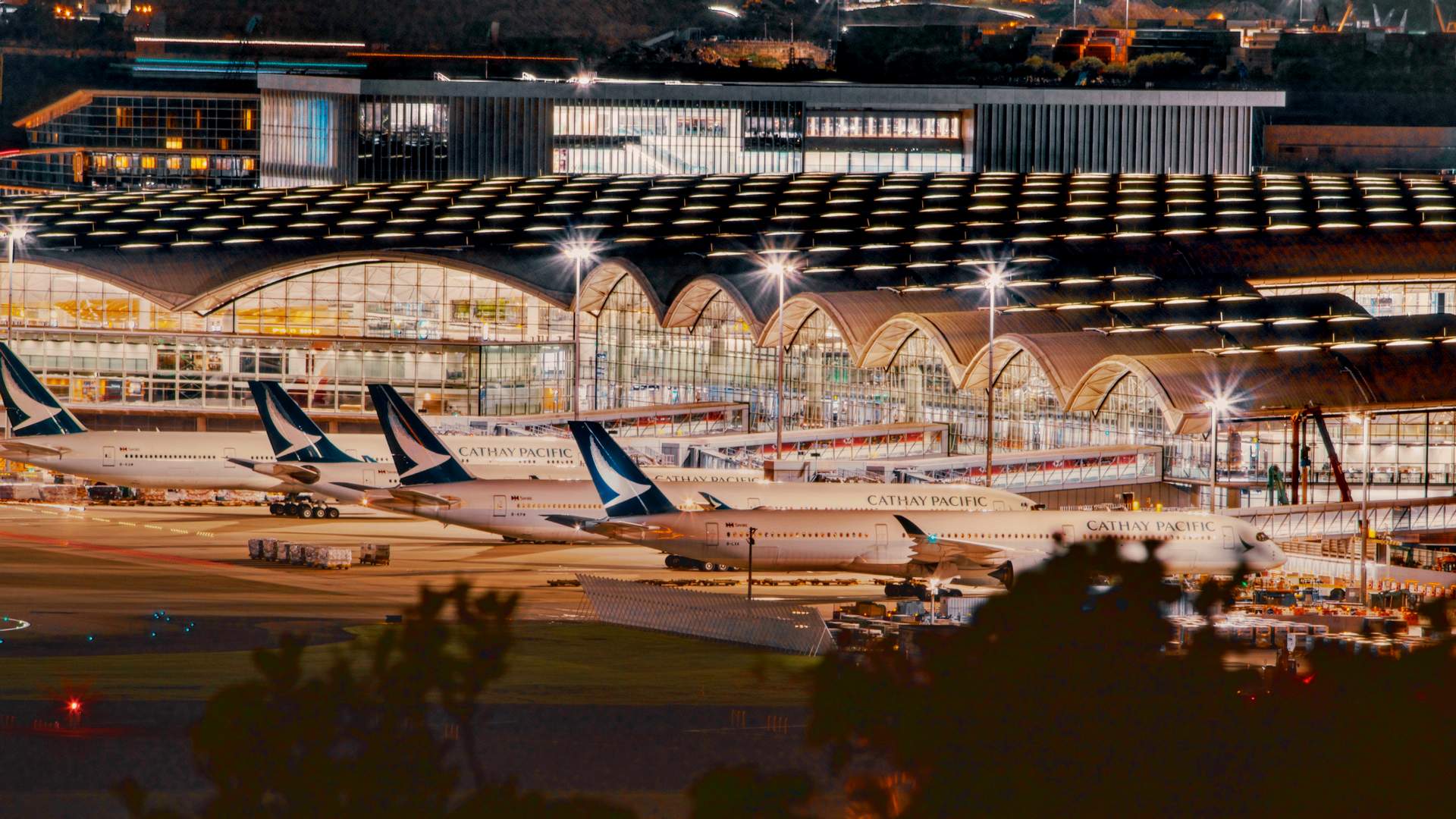
Crucially perhaps, 18 of Cathay’s A350s are the larger -1000 variant. This aircraft has the same engine as the A350F freighter version. This engine has attracted some controversy lately, with Emirates refusing to order it because of question marks over its service requirements.
However, these issues seem to be specific to hot and dusty environments. Cathay has been operating its A350-1000s for over four years, so it knows what to expect from the A350F and its engines.
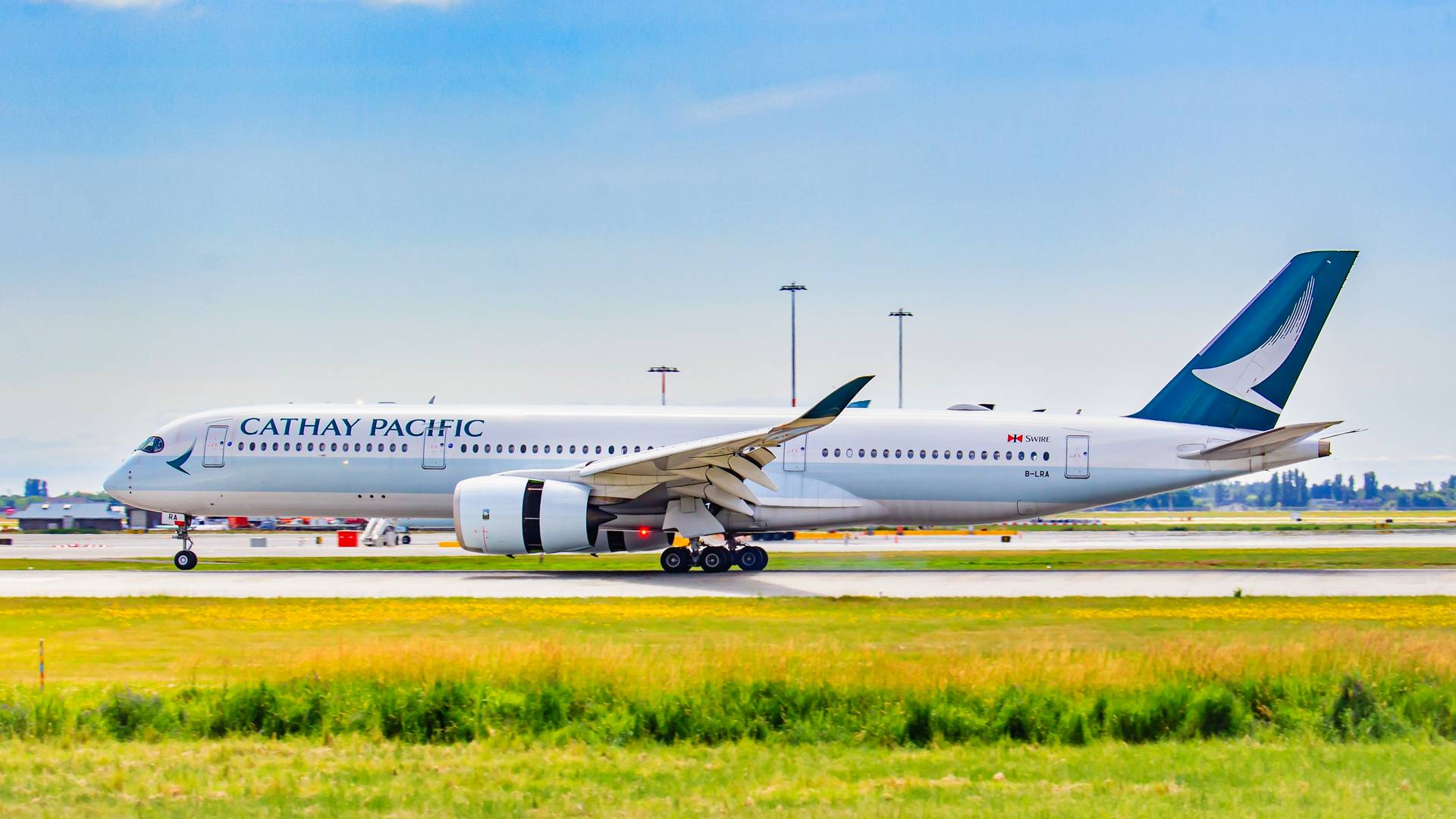
Cathay Group Chief Executive Officer Ronald Lam said this about this order:
“As we move into 2024, our rebuild journey is gaining momentum. This order marks another major component in our investment for the future…
“These highly fuel-efficient, next-generation freighters will provide important additional cargo capacity, expand our global network and contribute to our sustainability leadership goals.”



